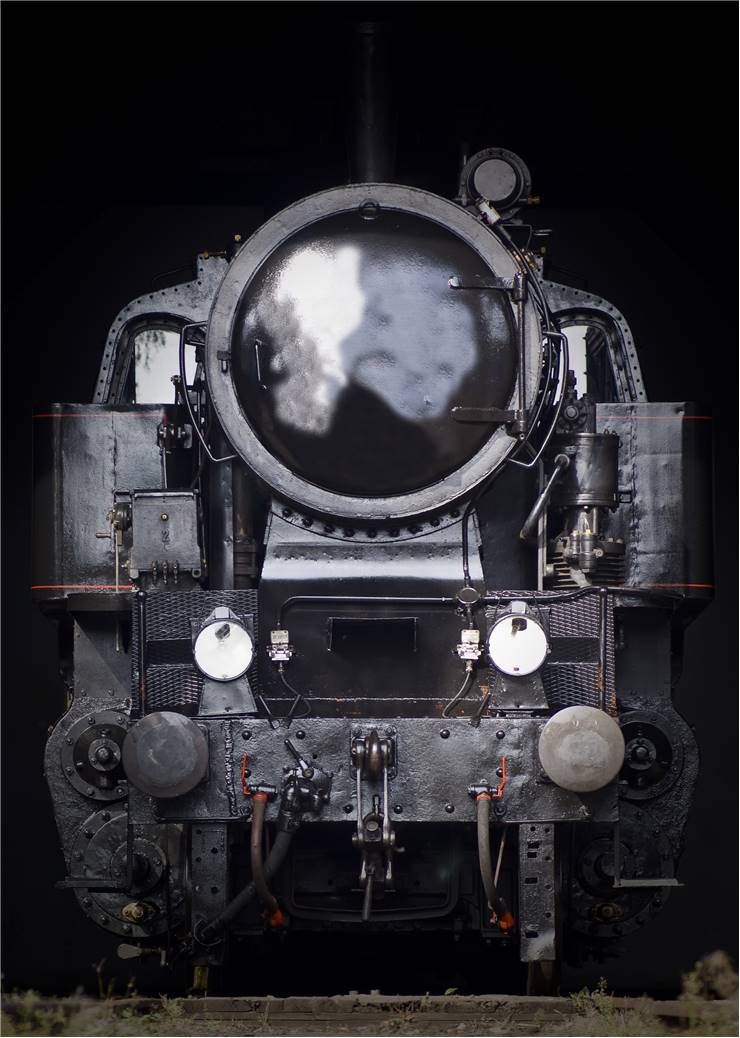Train Invention - Who Invented the Train?
More efficient transport of goods and people was a riddle that many inventors tacked over the millennia’s ever since first modern civilizations started spreading from Middle East and North Africa. Even though this ways of transport did not advance much in the last 2000 years, introduction of industrial manufacturing, electricity, and influx of inventors gave birth to one of the most important industries in the modern human civilization – train industry.
Finding out who created first modern examples of trains is easy enough, but pinpointing their predecessors who formed the basic ideas of train transport is much harder. Even though lack of steam, gas or electrical power prevented earlier trains to fulfill their full potential, many examples of such simple trains could be found across the Europe much before any modern train took off and begun changing the landscape of industry and civilian transport. The first example of this simple “wagonway” train system dates all the way back to 2nd and 1st millennia BC, where Assyrians, Babyulonians, Persians build roads with specific wheel-ruts deliberately cut into rock. This road configuration enabled them to more easily transport wagons that were pulled by horses or bulls, without any need for steering or controlling the trajectory of the wagon. Because of this, many of those civilizations developed dedicated wagonways that connected their main cities with their nearby trading posts or sacred places (Sparta to Ayklia, Athens to Eleusis, Elis to Olympia). Greeks especially adopted this type of transport, even managing to build very impressive wagonway called Diolkos in ancient Corinth around 600BC, which many call today the first railway in the entire history.

With the fall of the Greece, wagonways disappeared from the Europe and they managed to resurface only in 16th century when increased trading of Renaissance brought them back to the public eye. Powered by horses, wagonways enabled much faster and safer travel than on dirt roads, but industrialists and inventors were not satisfied with that. They wanted more automated way of transferring goods, and several small advances of regular wagonways (flanged wheels, wooden rails) produced only more streamlined travel but nothing in the way of true revolution.
And that revolution came in late 17t century with the introduction of first stationary steam engine by Thomas Savery. This invention from 1698 was extremely simply and low powered, and because of that steam engines took over 60 years to come to the point where they could be useful for powering trains. This moment came in 1763 when James Watt took the simple designs of Thomas Savery and Thomas Newcomen and introduced crankshaft that could transform power of steam into circular motion. This invention finally enabled inventors all around the world to start adapting steam engine into machine that could power cars, trains and boats of all kinds of types and sizes.
Some of the most important early train inventors were Matthew Murray who created first steam powered locomotive, Richard Trevithick who popularized trains series of showcasing in London, George Stephenson who become famous with this coal transporting trains and Oliver Evans who produced world first on-condensing high pressure steam engine that became standard part of all steam trains in the future.
